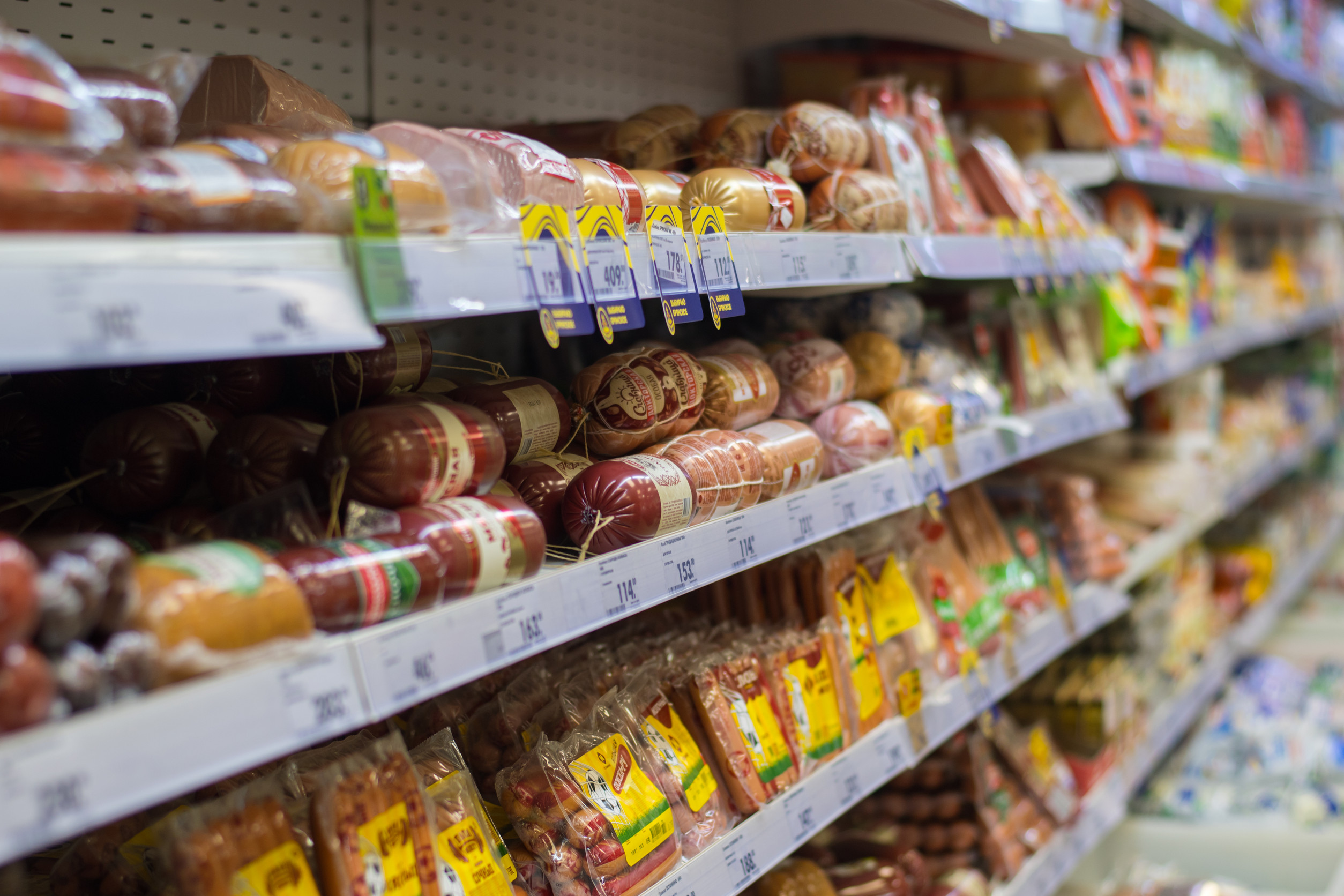Grocery store visits are starting to feel like luxury shopping trips. You walk in expecting a few basics and leave with sticker shock and a lighter wallet. From eggs to cereal, prices have soared over the past couple of years—and many families are wondering when the trend will stop. As inflation cools in other sectors, food costs remain stubbornly high, sparking a serious question: Should states implement grocery price regulation to protect consumers? It’s a controversial idea with strong arguments on both sides. Here’s what you need to know before choosing a side.
1. Price Hikes Are Hitting Low-Income Families the Hardest
When food prices spike, everyone feels it—but low-income households bear the brunt. For families already stretching their budgets, staples like bread or milk can force painful trade-offs. Food insecurity has risen across the country, and local food banks are seeing record demand. Critics argue that grocery price regulation could act as a safety net for those most affected. With states stepping in to curb excessive markups, it could help ensure that no one has to choose between dinner and the electric bill.
2. Grocery Chains Say They’re Not to Blame

Image Source: 123rf.com
Retailers often point fingers at suppliers, transportation costs, and global events when explaining rising prices. And to some extent, they’re right—supply chain disruptions, labor shortages, and climate-related crop failures all play a role. But critics say corporate profits have also reached record highs in recent years, even while consumers struggle. Some suspect that “greedflation,” not just inflation, is at play. Grocery price regulation could force greater transparency, so consumers know whether prices reflect real costs or just opportunism.
3. Price Controls Could Lead to Shortages
Opponents of grocery price regulation argue that capping prices could do more harm than good. If stores are required to sell goods below cost, they may reduce supply, leading to empty shelves and less product variety. This happened during past price control experiments in U.S. history, including the 1970s. In trying to fix affordability, we could accidentally create a new crisis: lack of access. Critics worry that well-meaning policy could lead to unintended consequences.
4. Some States Are Already Exploring Intervention
While national efforts to regulate food pricing have been limited, some states are beginning to look at localized solutions. California has explored proposals to increase price transparency for major grocery chains. New York has considered tracking grocery price spikes during states of emergency, like natural disasters or pandemics. While these aren’t full-on price caps, they signal growing interest in government involvement. States experimenting with regulation could shape how this issue evolves nationally.
5. Grocery Price Regulation Could Reduce Panic Buying
When consumers feel like prices are unpredictable and rising fast, panic buying often follows. That behavior can create artificial shortages, further stressing the system and pushing prices up even more. Regulating price hikes—especially during crises—could help create a sense of stability. Consumers would be less likely to hoard and more likely to trust the system. This kind of psychological benefit is often overlooked but could play a crucial role in preventing chaos during economic turbulence.
6. It May Open the Door to Broader Cost-of-Living Reforms
Grocery price regulation is just one piece of the puzzle. Advocates believe it could be part of a larger movement to address housing, healthcare, and utility costs through local or state-level intervention. If states can rein in food inflation, what else could they influence to help struggling residents? Regulation could signal a shift toward prioritizing affordability over unchecked market freedom. Whether that’s smart policy or government overreach depends on your perspective.
7. Regulation Doesn’t Have to Mean Full Control

Image Source: 123rf.com
Many assume that grocery price regulation means setting a strict price limit on every item, but it doesn’t have to be that extreme. Policies could focus on limiting rapid increases, mandating cost transparency, or capping markups on essential goods. Others propose tax credits or subsidies that make groceries more affordable without directly interfering with pricing. A middle ground might exist that supports both businesses and buyers. The challenge is crafting policy that’s flexible, targeted, and fair.
8. Voters Are Growing Frustrated—And Want Solutions
Whether you support regulation or not, one thing is clear: people are fed up. Grocery costs have become a symbol of broader economic frustration. Politicians on both sides are being pressured to offer solutions, and food policy could become a key issue in upcoming elections. If leaders don’t act soon, voters might start demanding more dramatic action. The debate isn’t just about policy—it’s about trust, survival, and quality of life.
Regulation or Responsibility?
At its core, the grocery price regulation debate asks one big question: Should the government step in when essential goods become unaffordable—or should the free market be left alone to sort it out? As food prices climb higher and incomes struggle to keep up, more people are starting to question whether “business as usual” is working. While regulation isn’t a silver bullet, it might be part of a larger solution. One that balances profit with people—and ensures that no one goes hungry in one of the wealthiest countries in the world.
What do you think—should states regulate grocery prices, or is that a step too far? Share your opinion in the comments and join the conversation.
Read More
10 Ingredients Banned in Europe But Still in American Foods
Banning Sugary Foods for SNAP Recipients: A Step Toward Health or Discrimination?


